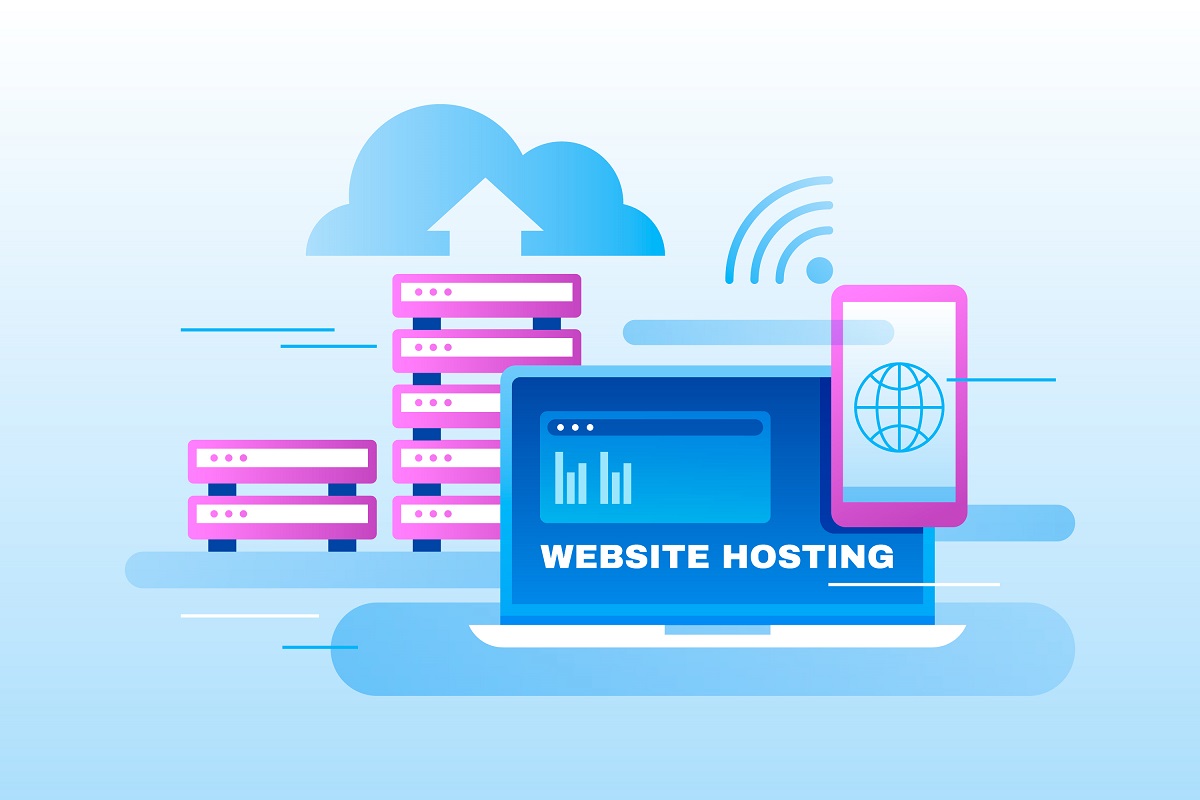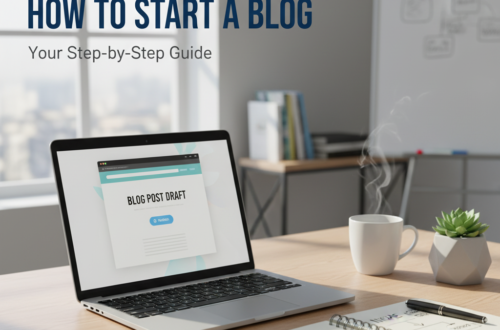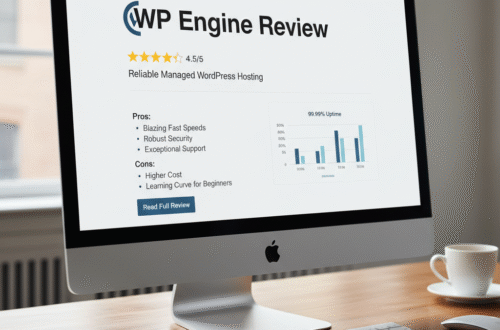Launching a blog in 2025 is a strategic move to carve out your niche in the digital landscape, share your unique perspective, and build a dedicated following. With accessible tools and global reach, the barrier to entry has never been lower. Whether your passion lies in artificial intelligence, sustainable living, or a specialized hobby, this comprehensive guide will walk you through creating a blog that not only launches but also thrives.
Phase 1: Foundation and Strategy
Step 1: Discover Your Niche and Define Your Purpose
Before writing a single word, introspect. Your blog’s niche is its core identity. It should be a topic you are passionate about, have substantial knowledge in, or are genuinely excited to explore.
In 2025, some burgeoning niches with growth potential include:
-
AI and tech-driven productivity
-
Green technology and sustainability
-
Remote work and the digital nomad lifestyle
-
Personal finance and decentralized finance (DeFi)
-
Mental health and wellness in the digital age
Ask yourself critical questions:
-
What subjects do I endlessly enjoy discussing?
-
Can I sustain content creation in this area for the long haul?
-
Who is my ideal reader, and what problems can I solve for them?
Your blog’s purpose—to educate, entertain, inspire, or inform—will be the guiding star for your content. Clarity at this stage ensures a focused and impactful blog.
Step 2: Select a Brandable Name and Secure Your Domain
Your blog’s name is your brand. It should be memorable, easy to spell, and relevant to your niche. Once you’ve brainstormed a few options, verify the domain name’s availability. Prioritize a “.com” extension, as it remains the most recognized and trusted.
Step 3: Choose Your Blogging Platform
While various platforms exist, a self-hosted WordPress.org site offers unparalleled control and scalability for serious bloggers. It’s an open-source, free platform with a vast library of themes and plugins, strong SEO capabilities, and the flexibility to grow with your brand.
Step 4: Secure Reliable Web Hosting
Web hosting is the foundation that makes your blog visible to the world. For beginners, it’s important to choose a provider that offers features like one-click WordPress installation, a free SSL certificate for secure browsing, and responsive customer support. Some providers, such as Bluehost, also include a free domain for the first year — making it a budget-friendly option to start with.
Step 5: Install WordPress and Get Acquainted
Most modern web hosts offer a one-click WordPress installation. After setup, you will receive login credentials to your WordPress dashboard (typically at yourdomain.com/wp-admin). Bookmark this page for easy access.
Step 6: Crafting Your Blog’s Aesthetic
The design of your blog is a crucial part of the user experience. WordPress offers thousands of free and premium themes. Look for a responsive (mobile-friendly) design that aligns with your niche. Popular and customizable themes include Astra, Kadence, and GeneratePress.
Step 7: Installing Essential Plugins
Plugins extend the functionality of your blog. However, be selective to avoid slowing down your site. Some essential plugins include:
-
SEO: Yoast SEO or Rank Math
-
Performance: WP Super Cache or W3 Total Cache
-
Backups: UpdraftPlus
-
Contact Forms: Contact Form 7
Step 8: Plan and Create Foundational Content
Before launching, it’s wise to have some core content ready. This should include an “About Me” page, a “Start Here” page to guide new readers, and a contact page. Aim to have three to five high-quality blog posts published from day one. When crafting these posts:
-
Use clear headings (H2s and H3s) to structure your content
-
Break text into short, readable paragraphs
-
Incorporate relevant images and infographics to enhance engagement
Step 9: Master Modern SEO, GEO, and AEO
In 2025, a multi-faceted approach to optimization is crucial for visibility.
-
Search Engine Optimization (SEO): Traditional SEO remains foundational. This involves identifying relevant keywords and using them naturally in your titles, URLs, and content. Tools like Google Keyword Planner or Ahrefs can aid in research. Image optimization—using compressed files and descriptive alt tags—is also vital.
-
Generative Engine Optimization (GEO): With the rise of AI-driven search, GEO helps your content be understood and cited by large language models like ChatGPT and Google’s AI Overviews. Clear, authoritative, and structured content performs best here.
-
Answer Engine Optimization (AEO): AEO involves formatting your content to directly answer user questions, increasing its chances of appearing in featured snippets and voice search results. Concise summaries, bullet points, and schema markup can improve your content’s discoverability.
Step 10: The Art and Science of Content Promotion
Once your blog is live, you need to attract readers. A strategic promotional plan is key.
-
Share your content on relevant social media platforms like Pinterest, Twitter, and LinkedIn
-
Engage in niche forums and online communities
-
Consider guest posting on other blogs in your field to build authority and gain backlinks
-
Start building an email newsletter from day one to cultivate a loyal audience
Step 11: Build a Content Ecosystem
Think beyond individual blog posts. A content ecosystem is a network of interconnected content that supports and enhances each other. Your core blog post can be repurposed into YouTube videos, podcast episodes, social media posts, and email newsletters. This strategy multiplies the value of each piece and reaches various audience segments.
Step 12: Leverage AI Tools Ethically
AI can be a powerful assistant for bloggers. Tools like Jasper, Surfer SEO, and Writesonic help with idea generation, outlining, and optimization. However, maintaining your authentic voice is key. Use AI to enhance your creativity—not replace it.
Step 13: Cultivate a Thriving Community
A successful blog fosters a sense of community. Encourage discussions in the comments section and on social media. Engage with your readers by responding to their comments and questions. Consider creating a dedicated space such as a Facebook group or a Discord server to strengthen your reader connection.
Step 14: Diversify Your Monetization Streams
As your blog grows, explore various monetization strategies:
-
Affiliate Marketing: Promote products you genuinely use and recommend
-
Sponsored Posts: Collaborate with brands to create content that aligns with your blog
-
Display Advertising: Use networks like Google AdSense or Mediavine
-
Digital Products: Sell ebooks, courses, or templates
-
Memberships and Subscriptions: Offer premium content for a recurring fee
Final Thoughts
Starting a blog in 2025 is an endeavor that blends passion with strategy. It requires consistency and a commitment to learning and adapting to the ever-evolving digital landscape. Success is not defined by technical expertise but by the value you provide to your readers. By following these steps, you’ll be well on your way to building a thriving blog that not only shares your voice with the world but also has the potential to become a significant part of your professional or personal brand.






